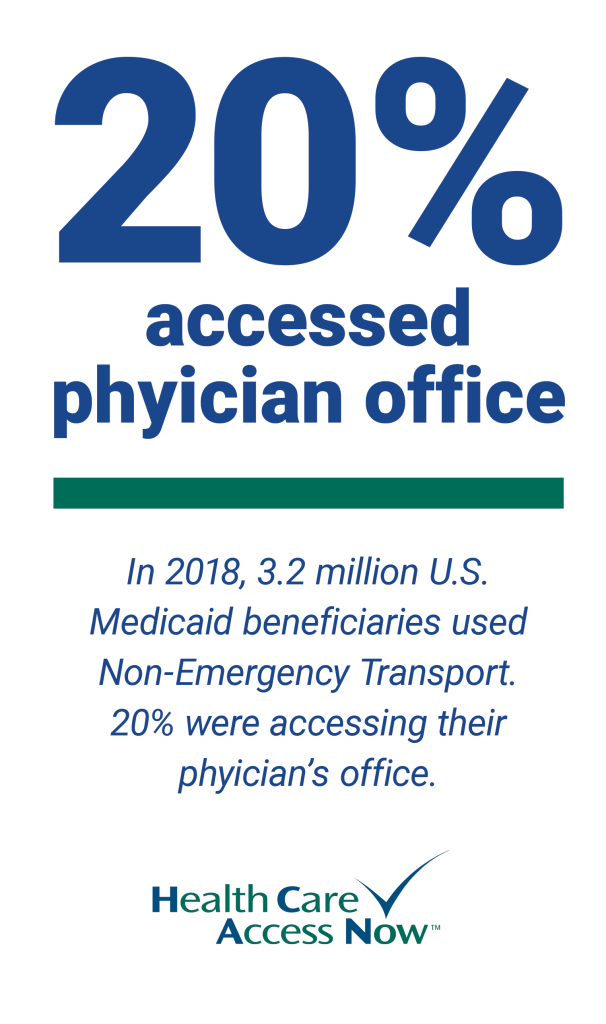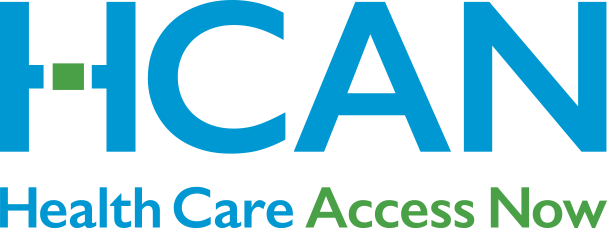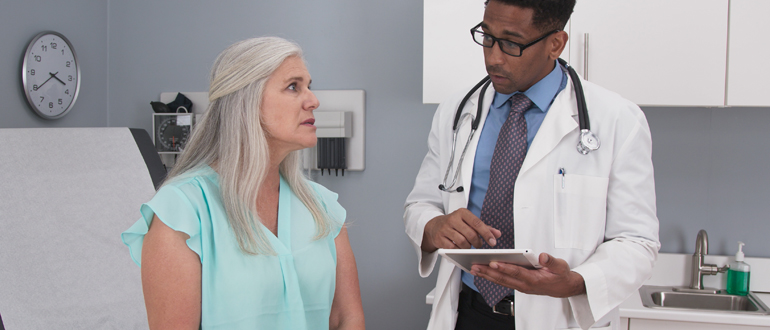Overcoming obstacles to establishing a medical home

People who have not established a medical home often have neglected to do so because they face obstacles that can seem insurmountable.
A medical home is the central provider (or group of providers) patients use for health care. A general practitioner serves as the fundamental health advisor, but other specialists—such as a dentist, optometrist, OB-GYN, dermatologist, or therapist—all act as part of the patient’s health team.
Having a medical home can help keep chronic disease under control and prevent small health issues from becoming larger. But establishing one usually isn’t as simple as calling any doctor and showing up to their office. It can even be difficult for people who have sufficient resources to keep up with regular medical care and establish a medical home. Those who face obstacles and lack resources find it even more challenging.
Typical obstacles people face to establishing care with regular doctors include lack of transportation, difficulty finding available doctors who accept their insurance plan, trouble with scheduling, and mistrust of the medical system.
Help available

Some of the barriers to establishing a medical home are more difficult to clear than others. However, there are some programs that exist to help people get the care that they need.
For example, Hamilton County Job & Family Services provides Non-Emergency Transportation (NET) as part of an Ohio program.
Those who have Medicaid can use this service to access transportation assistance in a few different forms, such as bus passes, van services, and mileage reimbursements. Medicaid beneficiaries may also use ambulances/ambulettes for non-emergency situations when no other transportation is available. Having the means to travel to a medical appointment can reduce cancellations.
Another program is the Good Samaritan Free Health Center, which provides a medical home to uninsured adults. Volunteers provide primary care, as well as specialty care, such as dental services.
And, although the COVID-19 pandemic has complicated health care (and life) for the many people who need to navigate past barriers to establishing a medical home, it has done one good thing, Denise Harris, Director of Care Coordination Services for Health Care Access Now (HCAN) says: “The pandemic has normalized telemedicine appointments.” She and the HCAN Community Health Workers (CHWs) say that access to telemedicine smashes through obstacles to regular medical care, such as finding child care, transportation, and scheduling flexibility.
There are many of these types of programs available in the Cincinnati area, and they make an enormous difference. But not everyone fits the requirements for every program—and not everyone is aware that these kinds of programs exist, or which ones might be appropriate for their specific needs.
HCAN’s CHWs help their clients to understand what resources are available to them as well as providing guidance for establishing care within a medical home. They educate their clients so that they can more easily do the work of finding a medical home. And having that medical home goes a long way toward improving health outcomes.






